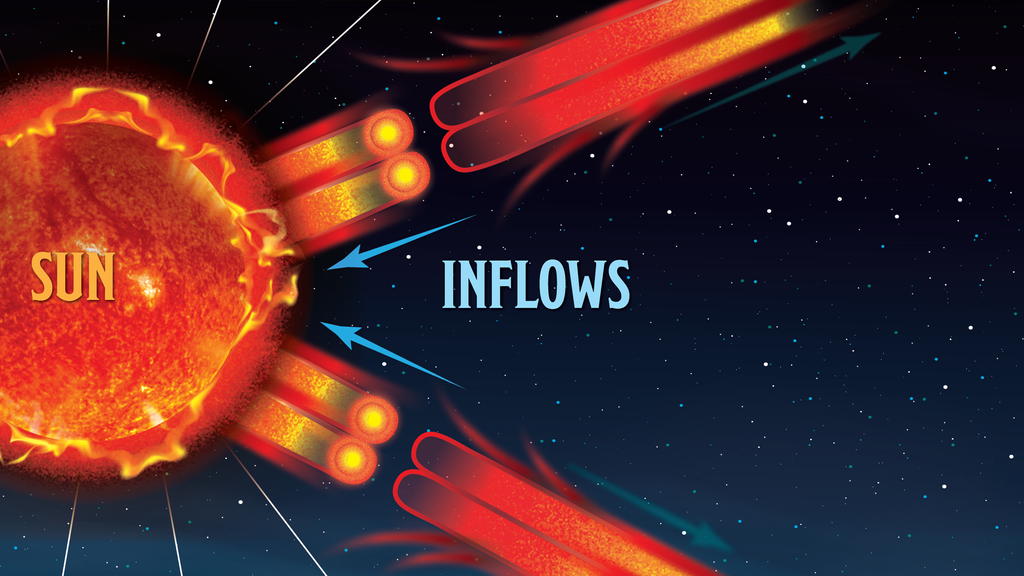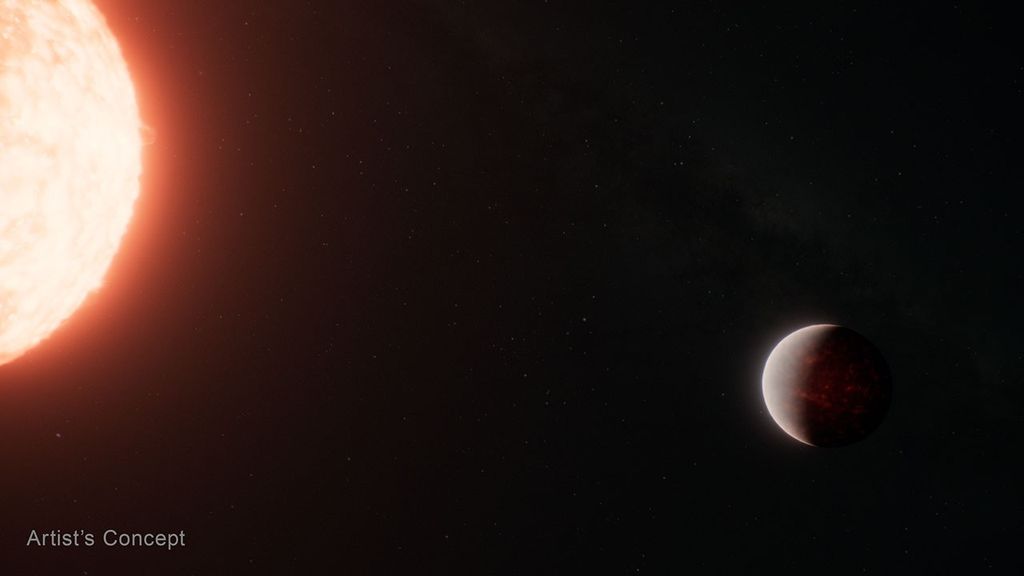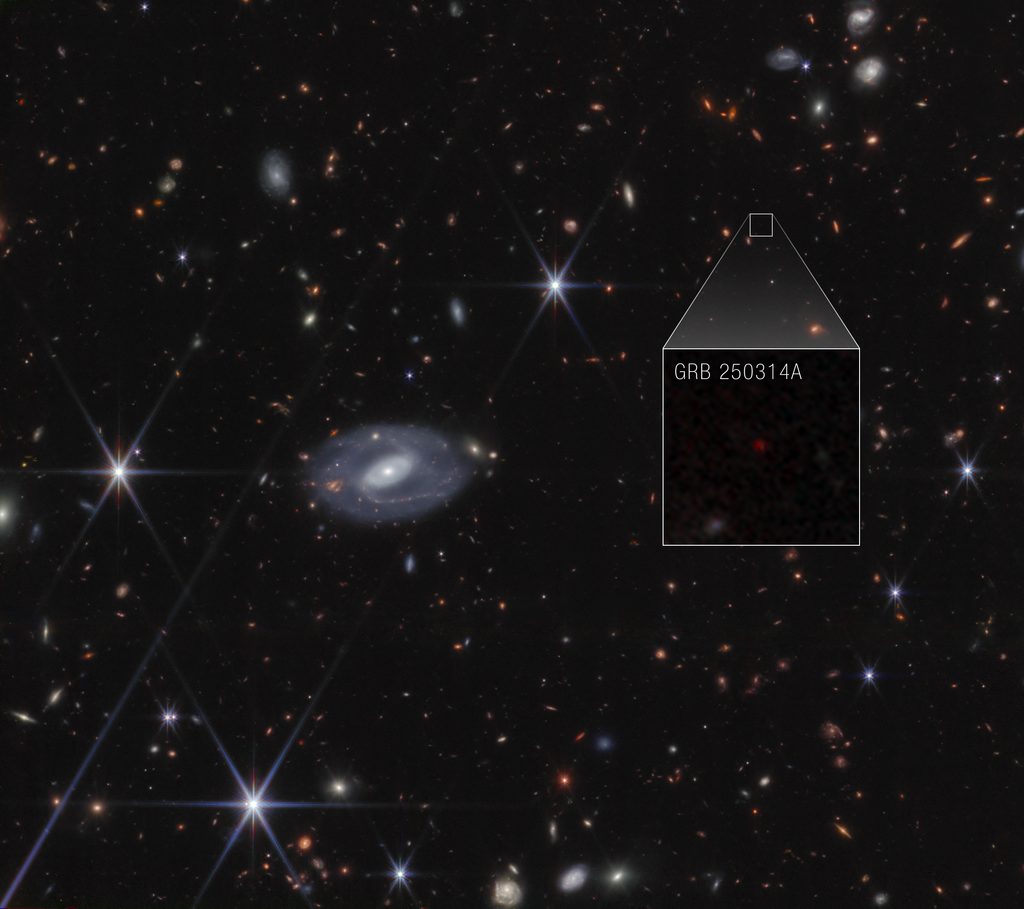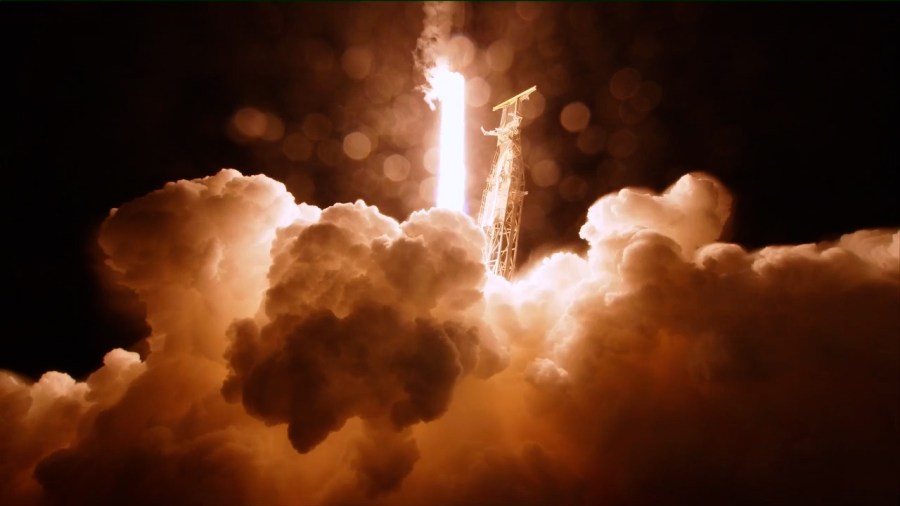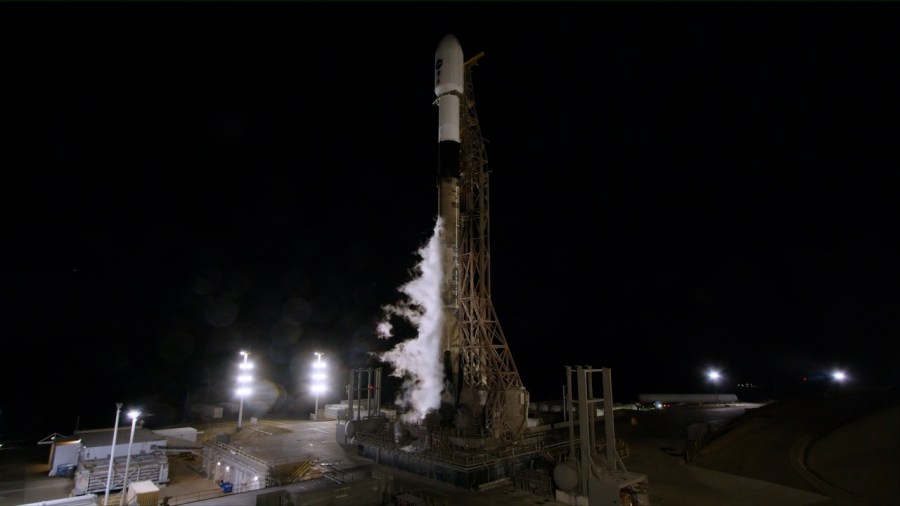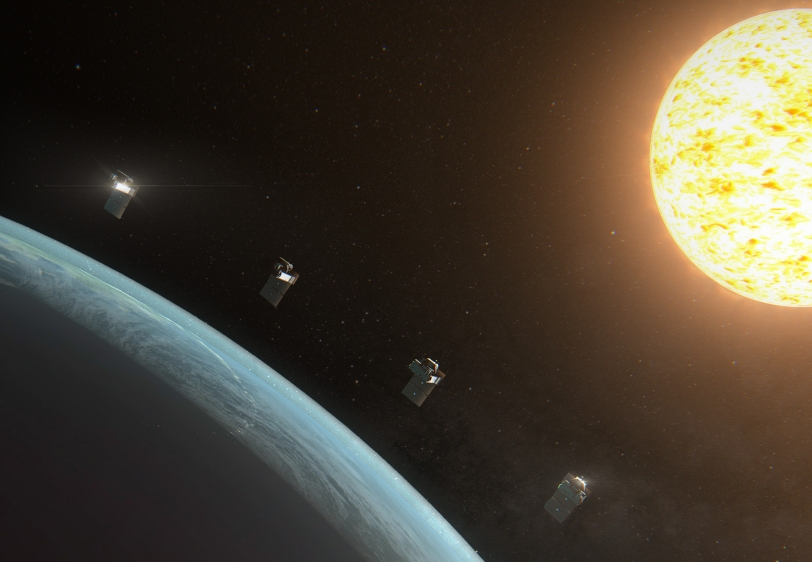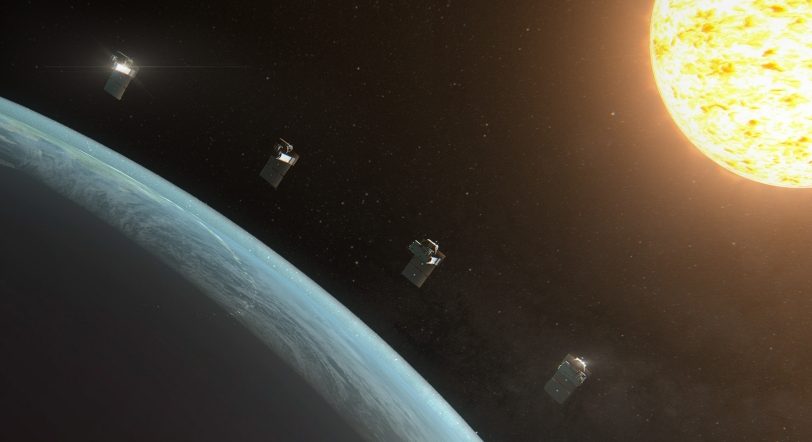The SpaceX Falcon 9 rocket’s nine Merlin engines have finished their burn, and the first stage has separated from the rocket. As the second stage continues carrying SPHEREx and PUNCH to orbit, the rocket’s first stage will attempt a controlled landing at Vandenberg Space Force Base’s Landing Zone 4.









